Here we present every month a blog about an animal group.
Category: Group of the month

Group of the month: Ostracoda
Sometimes, work and home come together in ways you don’t expect. I decided to get into aquascaping this summer, growing underwater plants and keeping nutrient cycles alive and self-sustaining between the soil, the plants, and small invertebrates. In my research, I was surprised to come across a little […]
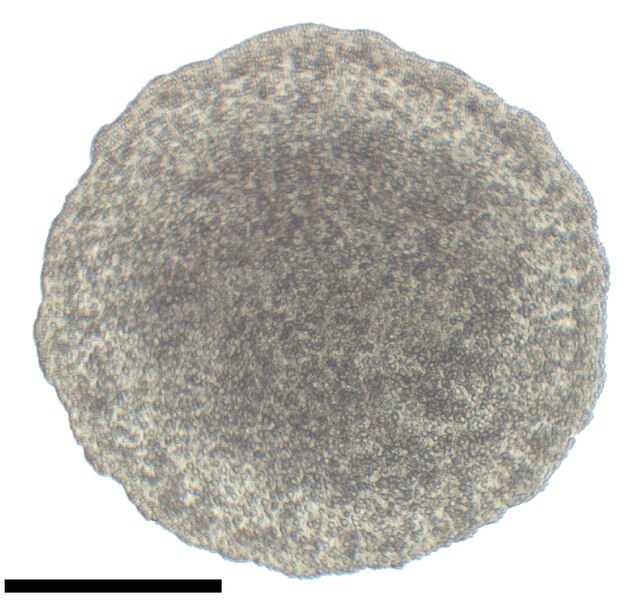
Group of the Month: Placozoa
They may look a bit like bacteria, but Placozoans are actually animals! These microscopic blobs might, in fact, be key to understanding our own deep evolutionary history, and how the diversity of other animals came to be. Although they were discovered way back in 1883, there are only […]
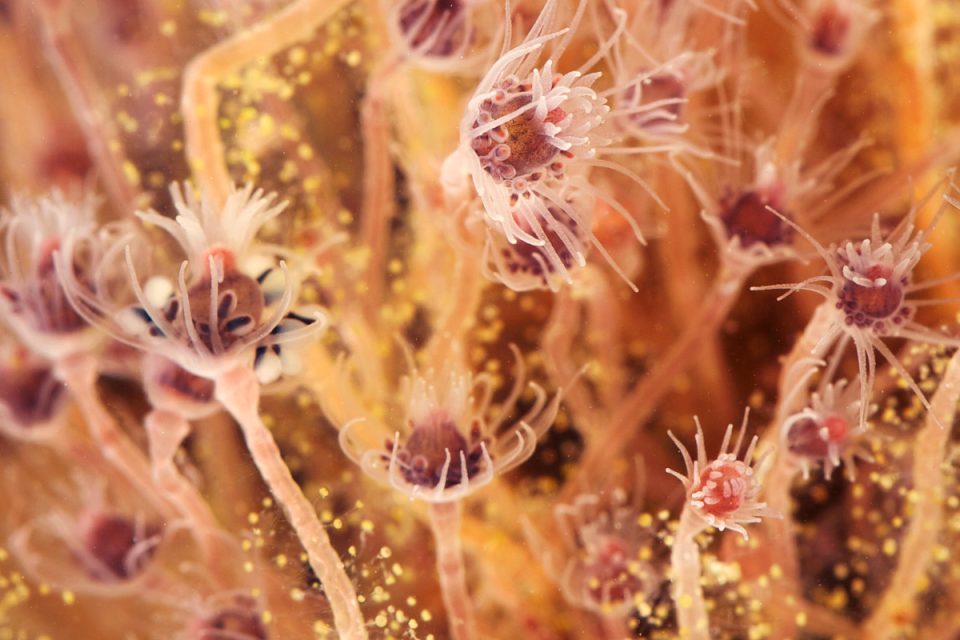
Group of the month: Hydrozoa
This month at the blog, we wish to present Hydroza, which is a class found within phylum Cnidaria. This lesser-known taxa is perhaps more known than thought, as well-known species like Portuguese man-o-wars (Physalia physalis), the freshwater genus Hydra, fire coral (Milleporidae), and by-the-wind sailors (Velella velella). Also, […]

Group of the Month: Monogenea
Monogeneans are a group of parasitic flatworms (Platyheminthes). The group is species-rich and systematists assign them to a class within the flatworms. Together with flukes (class Trematoda) and tapeworms (class Cestoda) they form the superclass Neodermata. The name-giving feature Neodermata is that the original epidermis is replaced by a […]
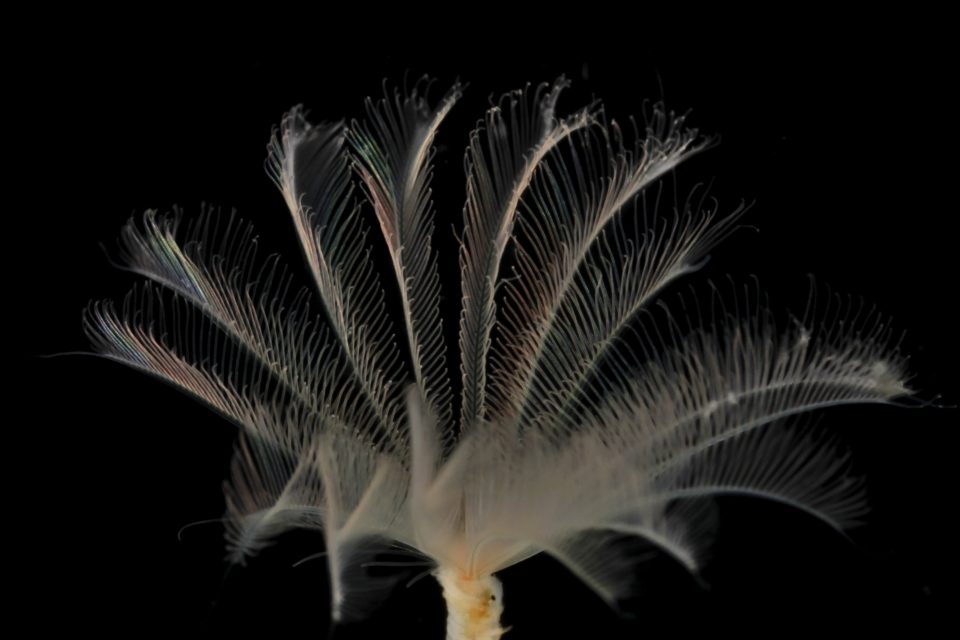
Group of the month: Feather duster worms (Annelida, Sabellidae)
This month it is time for another group of polychaetes, the family Sabellidae. Sabellids are present from intertidal to abyssal marine waters all around the world (Rouse et al. 2022). They inhabit both soft substrates such as sand or mud and hard substrates such as rocks or coral […]
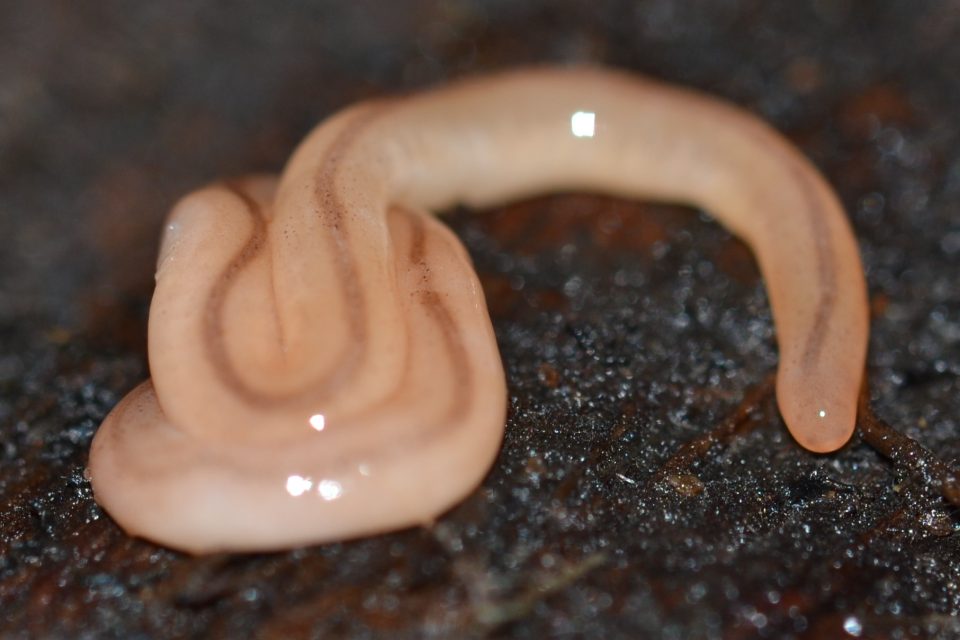
Group of the month: Nemertea
This month’s group of animals on the spotlight are nemerteans, also known as ribbon worms, vermiform creatures belonging to the phylum Nemertea. They include more than 1300 species, typically long and slender with soft contractile bodies. Most nemerteans are marine, predominantly benthic or bottom dwellers, but some species […]
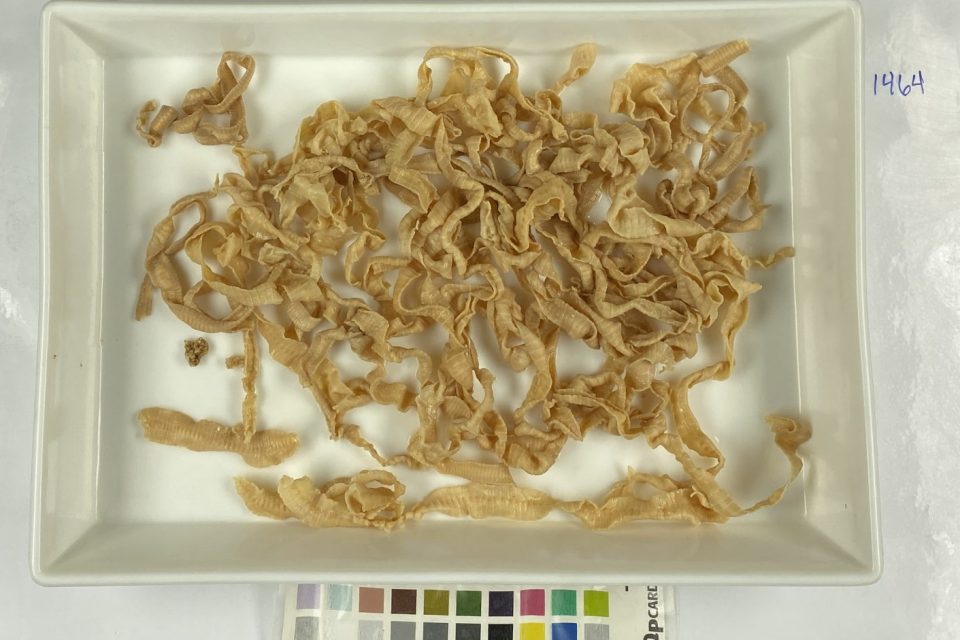
Group of the Month: Diphyllobothrium
Author: Rita Austin (former group member) Known as broad or fish tapeworms, these spaghetti impersonators are some of the largest parasites that can infect humans. Transmitted to humans via undercooked or raw fish meat, Diphyllobothrium are found in fresh and marine waterways around the world. Characterized as flatworms, […]
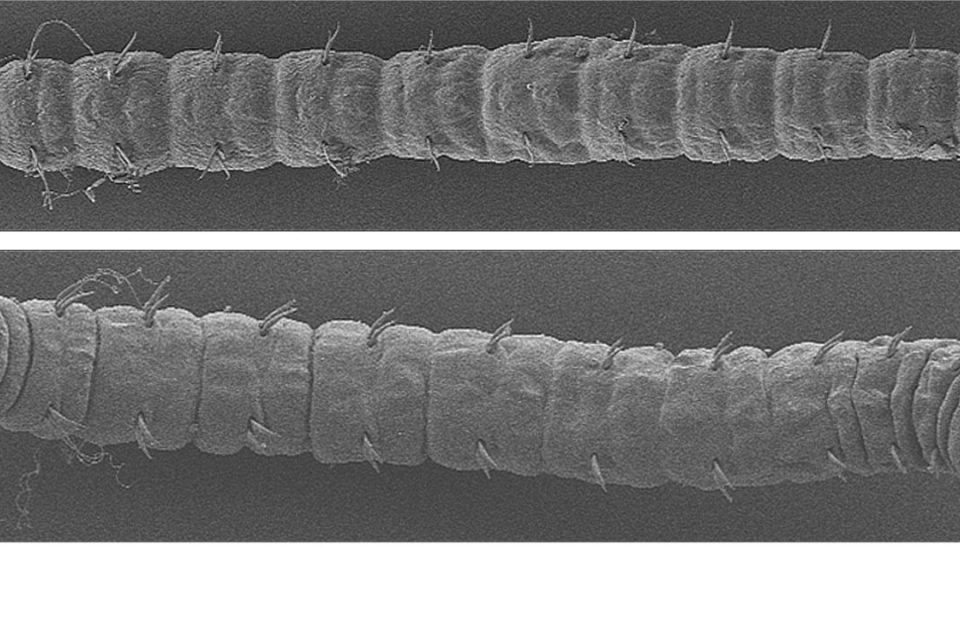
Group of the month: Parergodrilidae (Annelida)
This month’s ”Group of the month” is a bit of shameless self-promotion. I will present an animal group today, where we conduct quite a lot of research on. However, it is nonetheless really interesting and worth to learn more about it. The family Parergodrilidae belongs to the annelids […]

Group of the month: Spaghetti worms (Annelida, Terebellidae)
Text and pictures by Maël Grosse Among all the worm-like animals in the sea, polychaetes, or bristle worms, are probably the most diverse and striking group. This month is the opportunity to look at one of the most beautiful group of polychaetes (Fig. 1), the family Terebellidae Johnston, […]
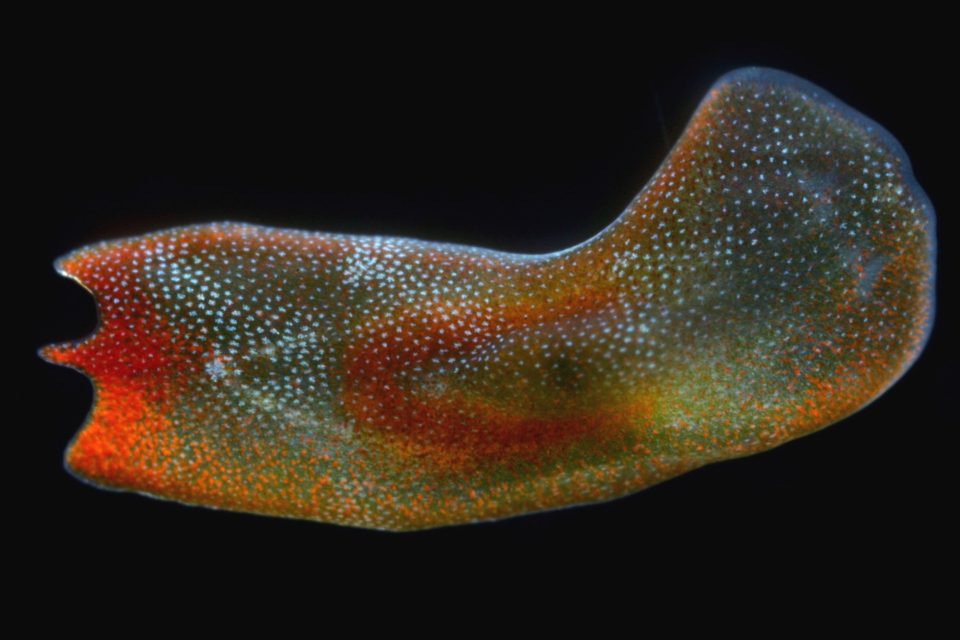
Group of the month: Acoela
Suddenly it’s already November, so let us introduce another cool animal in the FEZ blog. This time you can learn about an enigmatic little-known group: the acoels. Acoela is an order of tiny flattened unsegmented worms, belonging to the phylum Xenacoelomorpha (pronounced “zenacelomorpha”). They live mainly in benthic […]